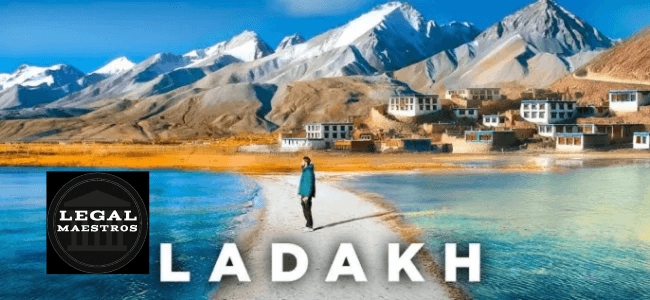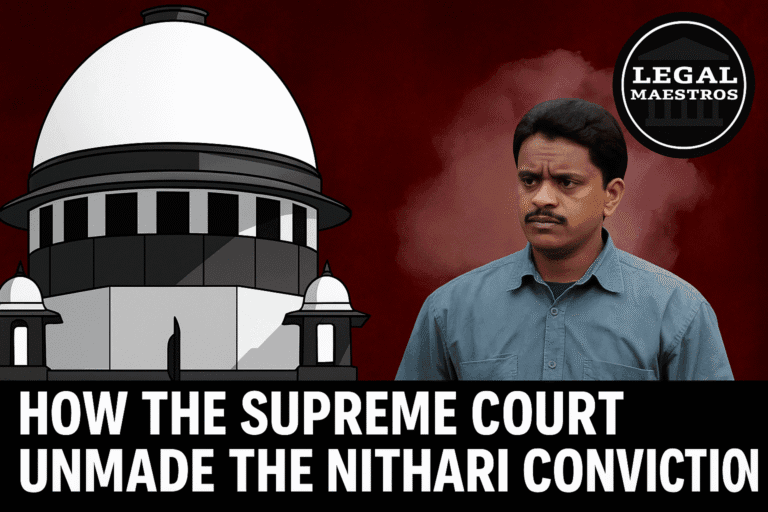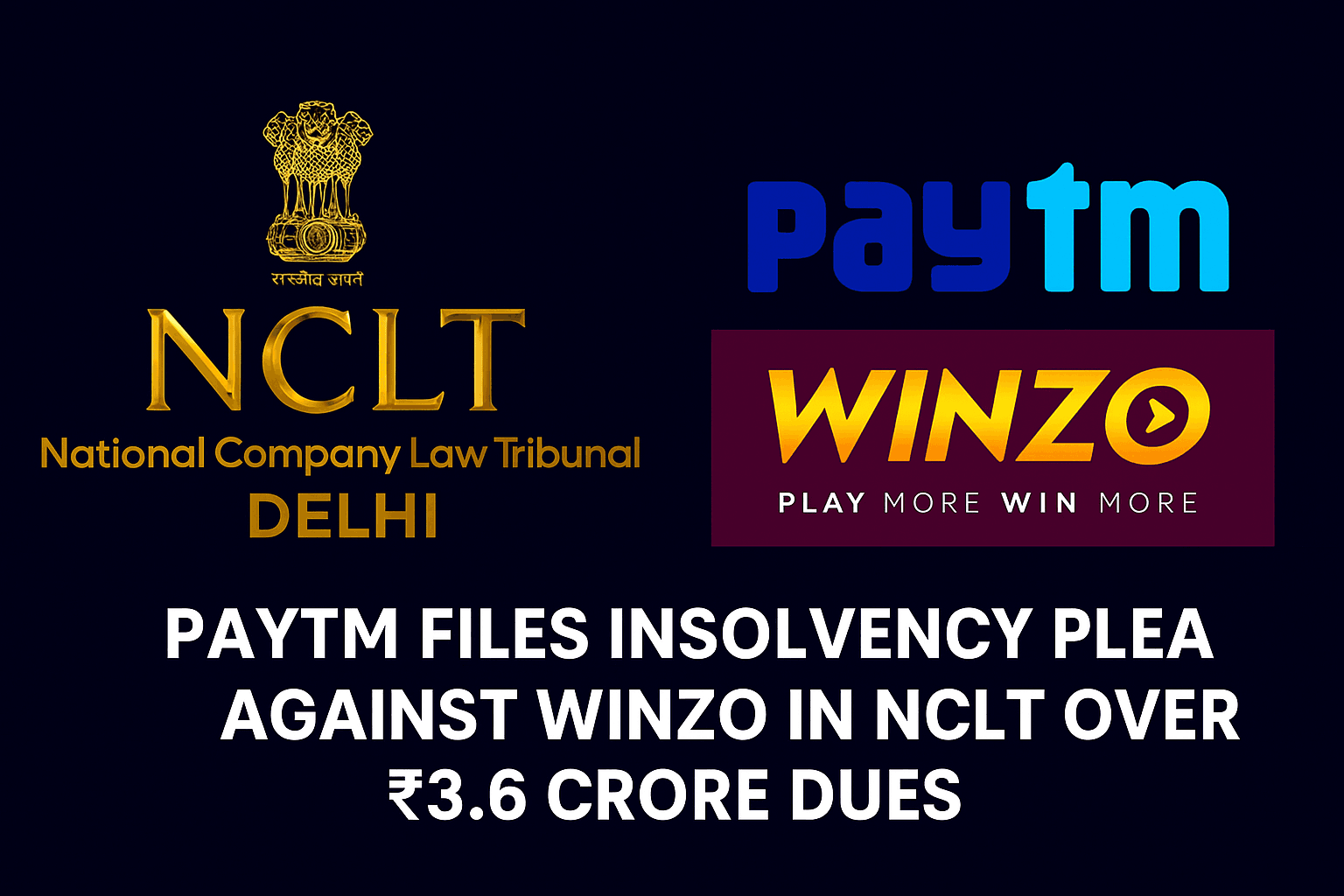
A Simple Explanation of the Union Territory of Ladakh Reservation (Amendment) Regulation, 2025
Introduction
With the implementation of the Union Territory of Ladakh Reservation (Amendment) Regulation, 2025, the legislative framework that governs affirmative action in public employment and education in the area has been significantly updated.
The Jammu and Kashmir Reservation Act, 2004, is modified by this Regulation, which was promulgated by the President on June 3, 2025, in accordance with Article 240 of the Constitution and Section 58(2) of the Jammu and Kashmir Reorganisation Act, 2019, in particular with regard to Ladakh.
For any queries or to publish an article or post or advertisement on our platform, do call at +91 6377460764 or email us at contact@legalmaestros.com.
This Regulation seeks to address longstanding demands from local communities for greater representation and protection of their cultural and economic interests . The Regulation does this by increasing the cap on caste-based reservations from fifty percent to eighty-five percent, while excluding economically weaker sections (EWS) from this limit.
Historical Context
The quota regulations of the Jammu and Kashmir quota Act, 2004, which had initially set overall caste-based reservations at fifty percent had been inherited by Ladakh when it was carved out as a Union Territory in August of 2019.
This act excluded EWS from the reservation restrictions. A significant number of locals were of the opinion that this limit did not adequately protect the interests of indigenous populations, notably Scheduled Tribes, which constitute the majority of the population in several regions of Ladakh.
For any queries or to publish an article or post or advertisement on our platform, do call at +91 6377460764 or email us at contact@legalmaestros.com.
Protests and policy lobbying by local entities such as the Ladakh Autonomous Hill Development Councils asked for tighter protections to guarantee that government employment and educational seats remained available primarily to long-term inhabitants. These safeguards were sought for in order to ensure that local residents would continue to have access to these opportunities.
For More Updates & Regular notes, Join Our WhatsApp group (https://chat.whatsapp.com/DkucckgAEJbCtXwXr2yIt0) and Telegram Group ( https://t.me/legalmaestroeducators )
Key Provisions of the Amendment
The most significant modification that was brought about by the 2025 Amendment Regulation was the insertion of the first proviso to Section 3(1) of the primary Act. This resulted in an increase of the overall limit on reservation to 85 percent for SC, ST, OBC, and other backward classes.
For any queries or to publish an article or post or advertisement on our platform, do call at +91 6377460764 or email us at contact@legalmaestros.com.
It is essential to note that reserves for the EWS, which were established at 10 percent by constitutional amendment in 2019, continue to fall outside of this range. As a result, the Regulation allows for a combined maximum reserve of 95 percent in public posts and admissions when EWS quotas are taken into consideration.
Ladakh is now in line with several mainland states that have implemented greater reservation caps under extraordinary conditions as a result of this structural change .
Extension to Professional Institutions
The Regulation expressly extends the enlarged quota to professional colleges inside Ladakh, including medical, engineering, and technical institutes, in addition to job opportunities with the government.
For any queries or to publish an article or post or advertisement on our platform, do call at +91 6377460764 or email us at contact@legalmaestros.com.
Historically, admission quotas for these bodies were likewise constrained by the fifty percent limitation, which limited the opportunities available to students from the local area to pursue higher education in important subjects.
The Amendment intends to cultivate local talent, reduce outmigration for studies, and address shortages of skilled professionals in the region’s health and infrastructure sectors by increasing reservation to 85 percent in professional institutions . This will be accomplished by expanding reservation to 85 percent in professional institutions.
Administrative Authority and Implementation
In accordance with the Regulation, the Administrator of Ladakh, who is chosen by the President, is required to make regulations that provide specifics regarding the implementation process.
For any queries or to publish an article or post or advertisement on our platform, do call at +91 6377460764 or email us at contact@legalmaestros.com.
These rules must include timetables and the ability to allocate restricted seats. It is anticipated that these rules will describe the documentation requirements as well as the hierarchy of claims among the various reserved categories within the organization.
In the meanwhile, the pipelines for existing appointments and admissions will be evaluated in order to gradually implement the greater quota without causing any disruption to the present recruiting process.
Enforcement is the responsibility of departmental heads and educational institutions, which are supervised by the Department of Personnel and the Department of Education of the Ladakh administration ([indianexpress.com][6], [livelaw.in][7]).
For any queries or to publish an article or post or advertisement on our platform, do call at +91 6377460764 or email us at contact@legalmaestros.com.
Exclusions and Safeguards
Specific protections are maintained by the Amendment in order to guarantee that the Regulation will not mistakenly deprive other groups of their voting rights. In addition to the 85 percent cap, EWS quotas continue to be in place, which helps to ensure that opportunities are maintained for economically disadvantaged persons in every community worldwide.
In addition, in the event that the actual number of applicants who are qualified will fall short in any reserved category, the seats that are not filled may be reverted to other categories or general merit lists in accordance with the criteria that govern follow-up procedures.
Judicial review is still available to resolve complaints, and courts are allowed to investigate whether or not administrative judgments comply with Article 14 of the Constitution and whether or not they are reasonable.
For any queries or to publish an article or post or advertisement on our platform, do call at +91 6377460764 or email us at contact@legalmaestros.com.
Impact on Local Employment
In order to ensure that Ladakhis have access to government positions, the Regulation has been praised as a significant step forward by the local leaders. In light of the fact that administrative jobs, police services, and associated roles are now subject to the higher reservation limit, communities that have been residing for a long time anticipate enhanced representation in decision-making and resource allocation.
Critics, on the other hand, warn that reservation increases must be accompanied by expansions in the public sector; otherwise, competition may increase without a matching increase in job possibilities.
For any queries or to publish an article or post or advertisement on our platform, do call at +91 6377460764 or email us at contact@legalmaestros.com.
The commitment of the administration to transparent recruiting and capacity-building initiatives will be essential to the realization of the socioeconomic gains that are intended.
Impact on Education and Skill Development
Students in Ladakh’s most distant regions will have a better chance of gaining entry to important disciplines like medicine, engineering, and management as a result of the expanded reservation in professional courses.
By preserving a greater proportion of seats within local institutions, the Amendment has the potential to lessen the obstacles that stand in the way of obtaining a higher education and to cultivate a new generation of homegrown professionals.
For any queries or to publish an article or post or advertisement on our platform, do call at +91 6377460764 or email us at contact@legalmaestros.com.
For the purpose of maximizing the impact of this, the administration intends to improve the infrastructure of the institution, hire suitable teaching members, and provide preparatory coaching. According to and the purpose of these supportive measures is to guarantee that enhanced quotas would result in actual educational advancements rather than merely statistical shifts.
Potential Challenges and Critiques
In spite of widespread support, the Regulation is confronted with obstacles. There are many who believe that increasing the reservation cap might potentially slow down merit-based appointments or reduce the quality of service if it is not accompanied by stringent selection requirements.
It has been questioned by some individuals whether administrative agencies has the capability to carry out sophisticated quota computations in an equitable manner.
For any queries or to publish an article or post or advertisement on our platform, do call at +91 6377460764 or email us at contact@legalmaestros.com.
Additionally, there is the possibility that people who feel disenfranchised by the move could engage in legal challenges, which might place a load on the judicial system. Policymakers highlight the necessity for clear implementing laws, discussions with stakeholders, and effective grievance redressal systems in order to limit the risks that are associated with such situations.
Conclusion
In order to ensure that Ladakh’s indigenous people and long-term inhabitants are afforded the opportunity to receive affirmative action, the Union Territory of Ladakh Reservation (Amendment) Regulation, 2025, is a significant change.
For any queries or to publish an article or post or advertisement on our platform, do call at +91 6377460764 or email us at contact@legalmaestros.com.
While protecting EWS quotas, the Regulation tackles past concerns and seeks to strengthen local communities in government and professional settings. This is accomplished by increasing the reservation cap to 85 percent.
To evaluate whether or if this legislative innovation will result in a long-term socioeconomic revolution for Ladakh, it will be necessary to ensure that it is effectively implemented, that it has ongoing administrative support, and that it maintains engagement with stakeholders.
For any queries or to publish an article or post or advertisement on our platform, do call at +91 6377460764 or email us at contact@legalmaestros.com.




![Research Assistantship @ Sahibnoor Singh Sindhu, [Remote; Stipend of Rs. 7.5k; Dec 2025 & Jan 2026]: Apply by Nov 14, 2025!](https://legalmaestros.com/wp-content/uploads/2025/11/Gemini_Generated_Image_s0k4u6s0k4u6s0k4-768x707.png)
![Karanjawala & Co Hiring Freshers for Legal Counsel [Immediate Joining; Full Time Position in Delhi]: Apply Now!](https://legalmaestros.com/wp-content/uploads/2025/11/Gemini_Generated_Image_52f8mg52f8mg52f8-768x711.png)